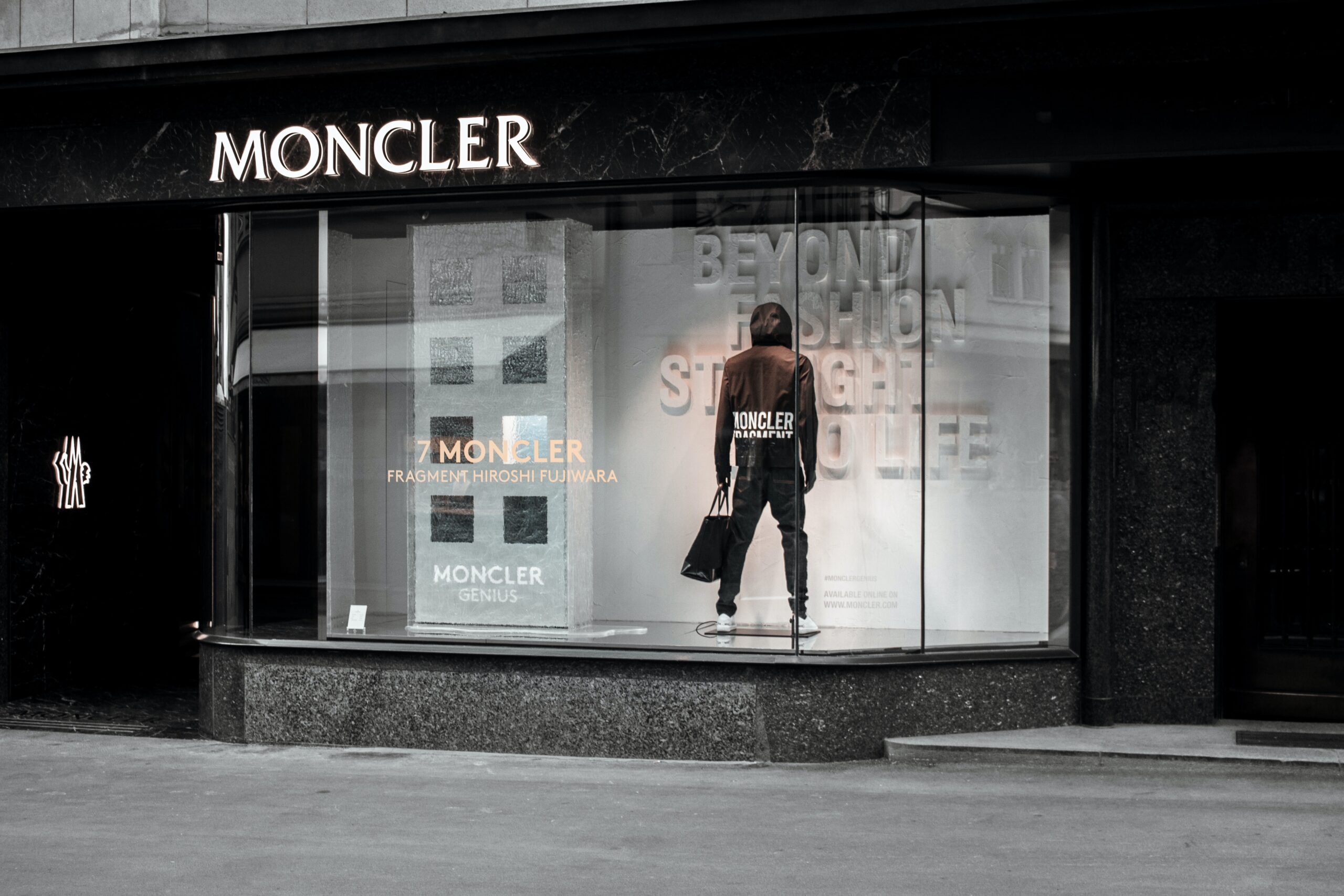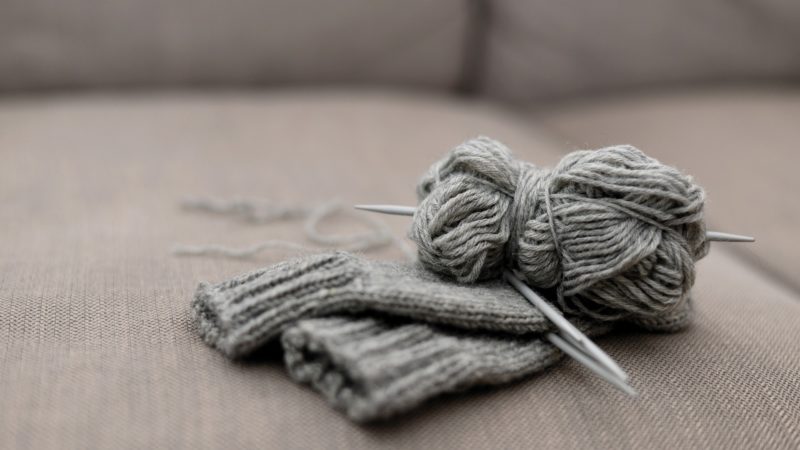Moncler and its sustainability plan2 min read

Moncler experienced an incredible 2019. And not just because it was the pre-pandemic world left behind.
2019 was an important year that reflected Moncler’s commitment to integrating sustainability into the company’s operations. In fact, Moncler achieved two incredible goals.
The first one: in September 2019 Moncler entered for the first time the Dow Jones Sustainability Indices (DJSI) World and Europe and was recognized as the Industry Leader in the “Textiles, Apparel & Luxury Goods” sector (press release link).
The second one: Moncler signed the Fashion Pact, a global coalition of companies in the fashion and textile industry (including their suppliers and distributors) all committed to a common core of key environmental goals in three areas (stopping global warming, restoring biodiversity, and protecting the oceans) (press release link).
In 2020 the company has been further committing to sustainability, mapping out its course under its new Born to Protect Sustainability Plan until 2025.

The plan focuses on five strategic drivers:
- Fighting climate change: minimize CO2 emission (SDG 7, SDG 13); safeguard biodiversity (SDG 12).
- Integrating the circular economy model: more toward more sustainable products (SDG 12); extend products life (SDG 12); adopt low impact packaging (SDG 14).
- Promoting a responsible supply chain (fair sourcing): achieve raw material traceability; promote fair workplace (SDG 8).
- Enhancing diversity: empower people (SDG 3); redesign way of working; enhance multiplicity (SDG 4, SDG 5); strengthen clients’ experience.
- Giving back for social and economic development of local communities: keep people warm; share value for communities (SDG 11); devote time.
The plan is updated each year to report on the status of projects underway (object achieved, object partially achieved, object postponed) and to set new targets for continuous improvement, in the awareness that sustainability is not a point of arrival, but an ongoing process of improvement.
Fashion is known for the incredible amount of waste it produces. Especially the fast fashion industry is often accused of being an unsustainable business (read “What fashion industry does for sustainability”). Because of the massive turnover of the collections, every single item that shopping addicted consumers buy costs a lot in terms of impacts: high production of cotton, intensive consumption of natural resources, pollution of water, air, land, CO2 emissions, etc.
Like other brands, also the Italian luxury fashion producer has been taking steps to defray the environmental costs of the fashion system cycle. Praise for Moncler.
Sources: Moncler website (section sustainability), The Fashion Pact
Featured image by Jannis Lucas from Unsplash






